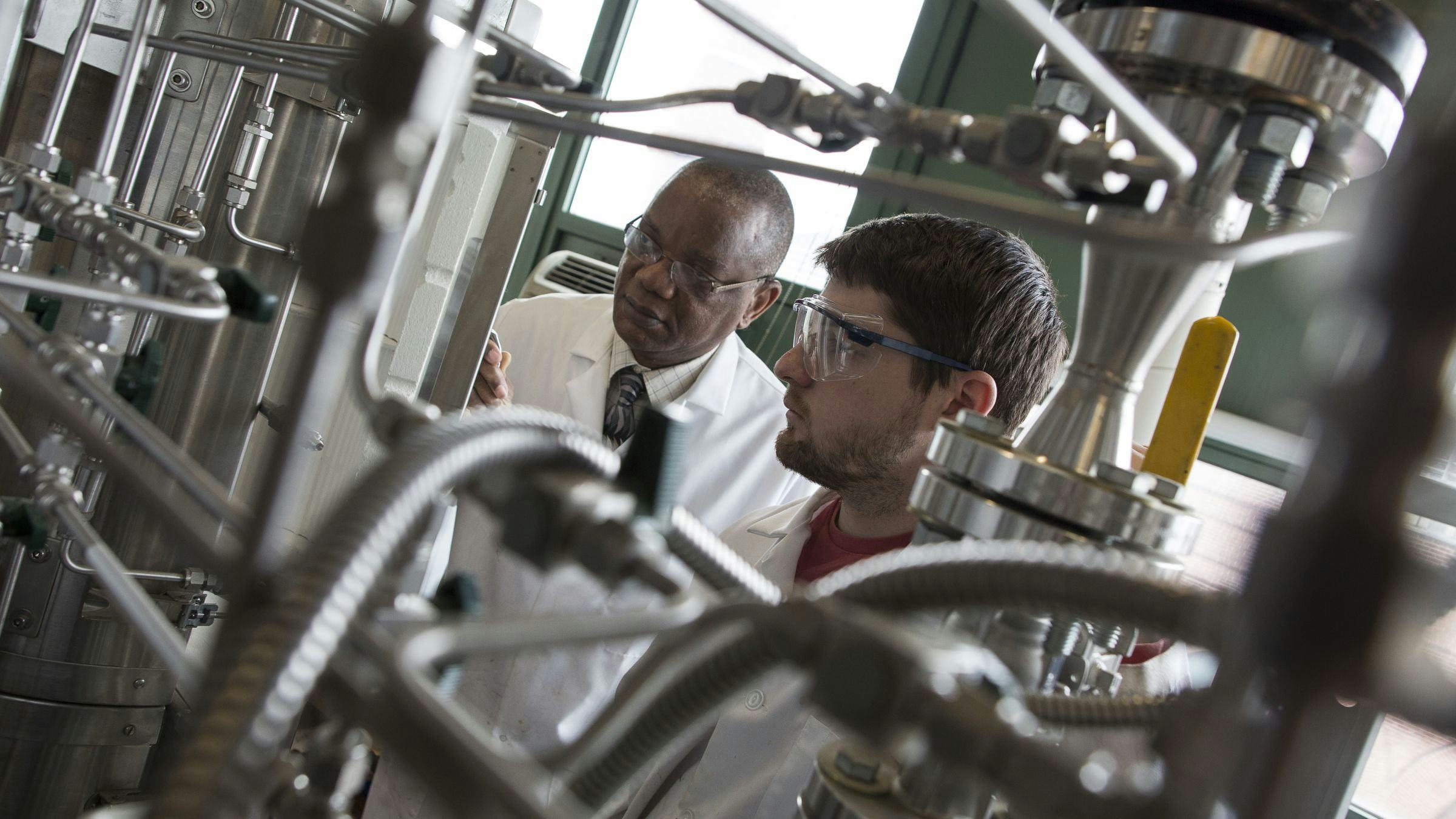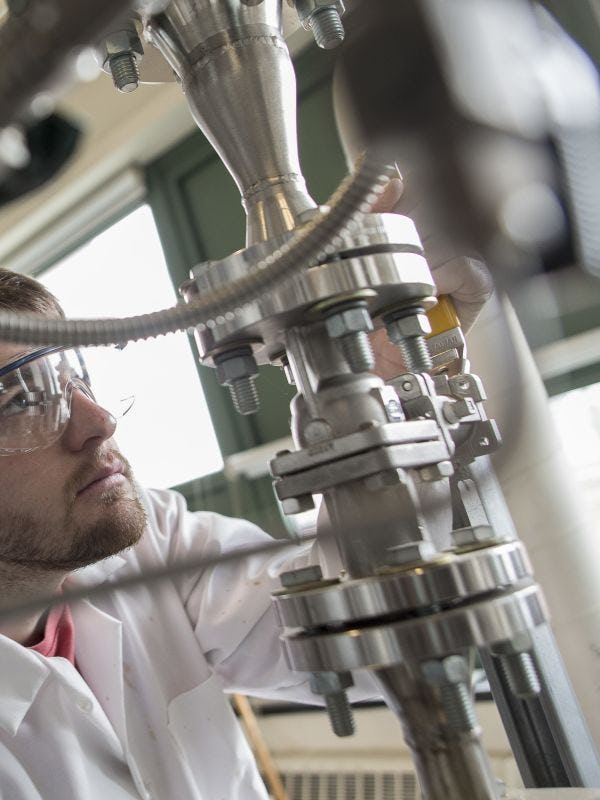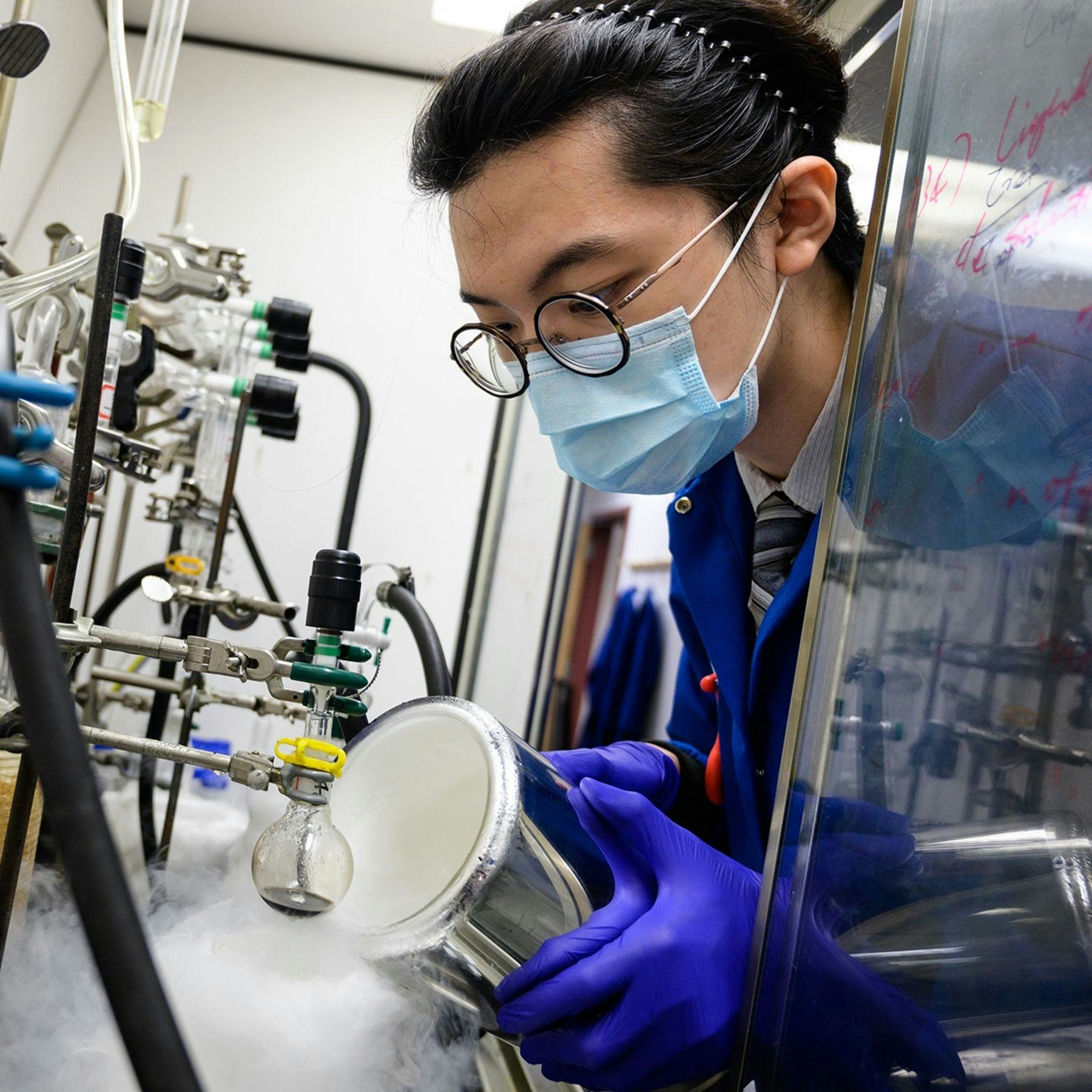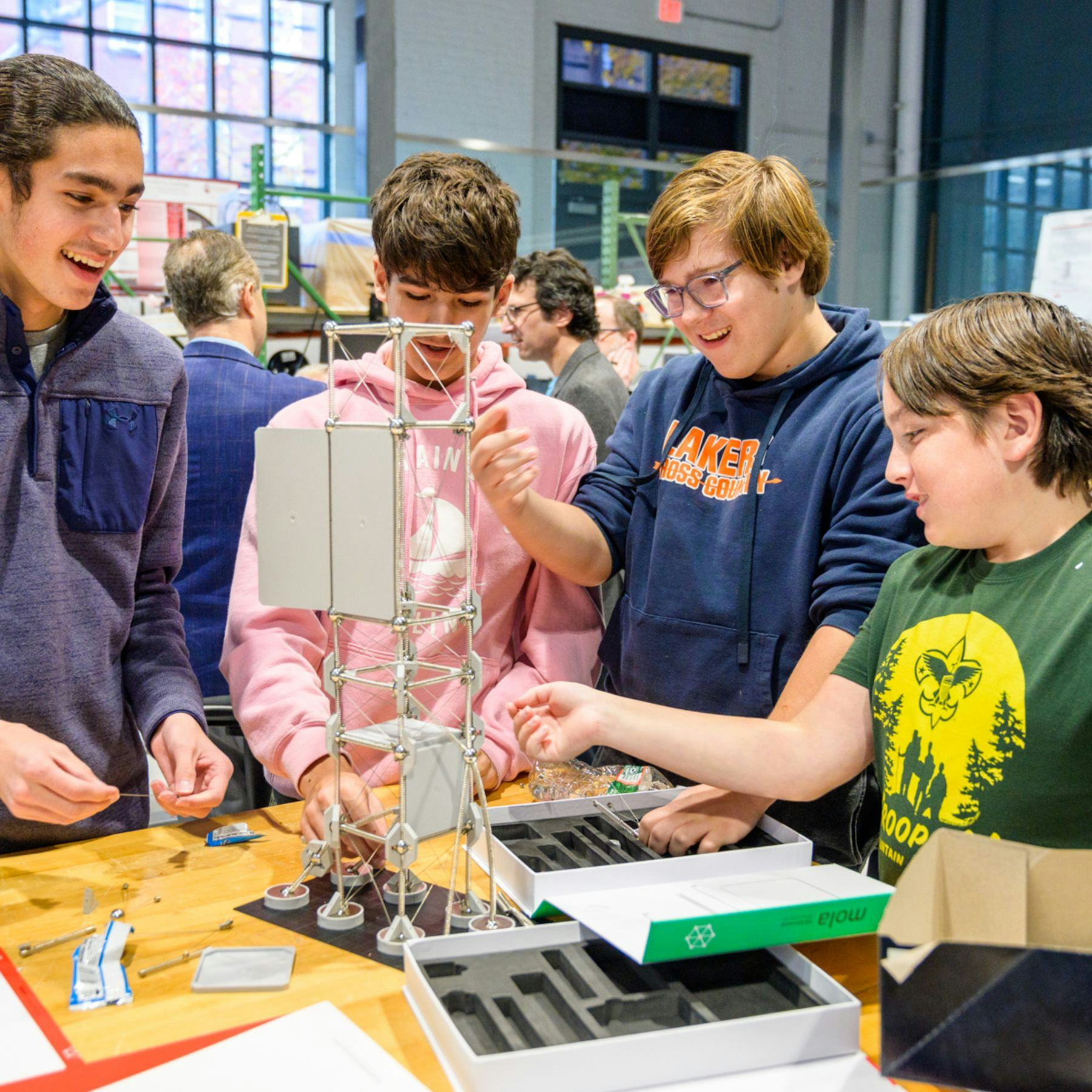
Department of Chemical Engineering and Materials Science
Academic Programs
Catalyze Your Career

Announcements
Department Facts

Learn About Our Research
Our researchers advance discoveries in polymer processing, chemical processing, alternative energy production, biofuels, tissue microenvironment, nanomaterials, microchemical systems and more.

STEM Outreach at the Schaefer School
The Charles V. Schaefer, Jr. School of Engineering and Science is dedicated to science, technology, engineering, and math education and enrichment at all levels. Our numerous STEM outreach and education programs are designed to instill a love of science and technology in both teachers and students from K - 12 throughout the New York and New Jersey area, and beyond.

Chemical Engineering Alum Named to ‘TIME100 Health’
Stevens graduate Pam Cheng '92 M.Eng. '95 serves as Executive Vice President of one of the world's largest pharmaceutical companies, AstraZeneca
Get Social With Us
What’s happening in the Department of Chemical Engineering and Materials Science at Stevens? Follow us on Instagram and LinkedIn for student life, faculty highlights and research in action.
Department News
Upcoming Seminars & Events
Department Leadership
Meet the faculty and staff leading the Department of Chemical Engineering and Materials Science. Find contact information for department administrators, academic advisors and more.



